Financial Science Applied

China has been plagued with what appears to be a fast spreading virus with an epicenter in the city of Wuhan. The loss of any life is tragic at any scale, let alone as the result of a virus like the current one being closely monitored in China.
While this post might be viewed as a bit clinical in the face of a human tragedy, I’m always mindful of our goal; to make better investors through education, information, and collaboration. That’s how I hope our readers take the spirit of this post.
As of the time of this writing, there were 2,744 confirmed cases, 237 patients in critical condition, and 80 deaths attributed to the Wuhan Virus (coronavirus), with an additional 5,794 suspected cases. [i]
While in its early stages of being spread, the virus follows a similar pattern to SARS and MERS—two life threatening viruses that were spread by human contract (saliva, coughing, or touching).
The impact of the SARS virus on China’s economy in 2003 was limited in scope and duration. First, the number of cases quickly peaked over a four-month period. Second, GDP growth slowed in Q2 2003, but quickly recovered. [ii]
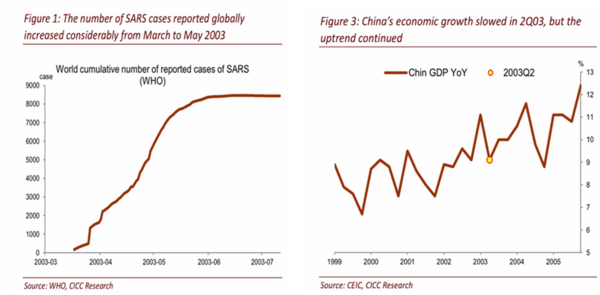
Retail sales in China contracted—note this was before they had online retailers like Alibaba—but, recovered quickly. Conversely, industrial output showed little reduction during the peak of the epidemic. [ii]
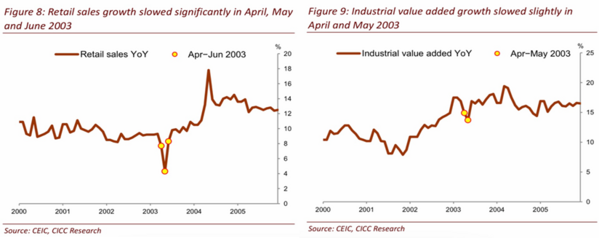
When you look at China’s domestic stock market, it had a modest reaction, with a drawdown of 14.5% and a recovery that took only 2.5 months and saw a rally of 37.9% off the low. [iii]
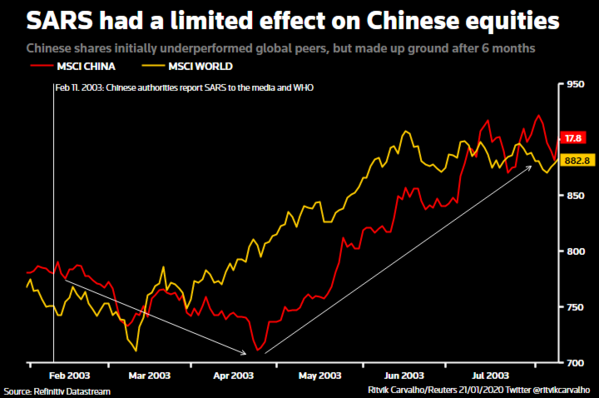
The S&P 500 rallied, gaining 7.9% over the same time period. [iv]
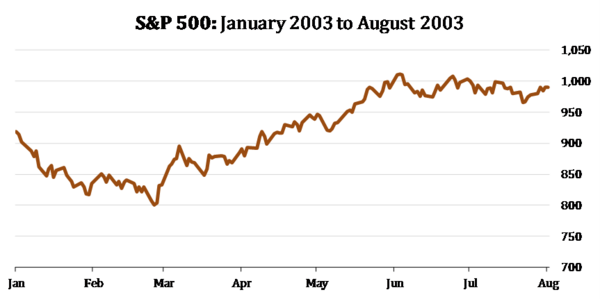
The global concern and media coverage over the China-borne virus compared to a typical year of the flu in the United States always surprises me. [v]
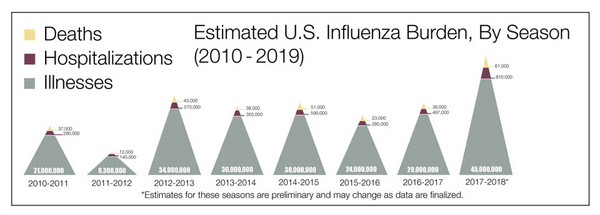
According to the United States Centers for Disease Control, over 45 million people in the United States are estimated to become ill with the flu annually. Approximately 810,000 will be hospitalized and 61,000 deaths are estimated.
I can only speculate on the extreme fear associated with China’s Wuhan virus, which will likely be much more limited than our annual flu season.
- The nature of this virus seems to be animal-borne (snakes and bats), possibly transmitted via their exotic animal markets. Fewer exist today, but they are still present within the country.
- The density of the population and sheer size of the population within their cities. The smaller Chinese cities have millions more people compared to our smaller cities. For reference, Tier 1 cities in China average approximately 8.5 million people, Tier 2 cities average 2.9 million, and Tier 3 average 2.1 million people. [vi]
- The government’s immediate and massive allocation of resources to battle the virus. The Communist Party knows very well the nature of the relationship they have with their mainland citizens. Citizens consent to being governed in a manner consistent with strong limits on their movements and freedoms and in return they expect the CCP to take care of their health and welfare.
To that end, the Chinese government has committed to building two brand new hospitals in the epicenter city of Wuhan. The amazing part of this effort is they expect the two hospitals—with over 1,000 beds each—to be completed in less than 30 days. This is part of China’s growth miracle: Allocating human and capital resources quickly to achieve social stability. [vii]
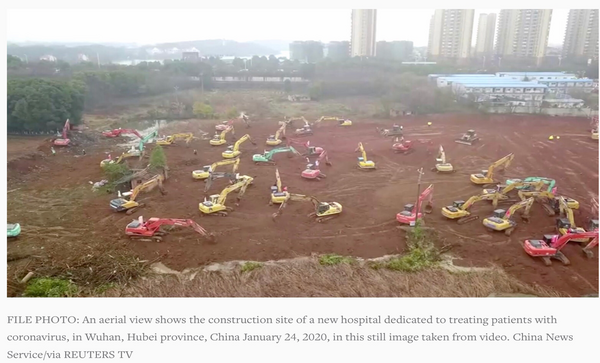
The human toll will be tragic, and we all hope for fewer cases in the weeks to come. Investors should anticipate a drawdown in stocks over the near-term, the financial science suggests investors remain patient as economies work through this unfortunate situation.
If you have questions or comments, please let us know. You can contact us via Twitter and Facebook, or you can e-mail Tim directly. For additional information, please visit our website.
Tim Phillips, CEO, Phillips & Company
Sources:
i. http://en.people.cn/n3/2020/0127/c90000-9651887.html
ii. https://research.cicc.com/
iii. https://www.reuters.com/article/us-china-health-global-markets-factbox/factbox-how-a-virus-impacts-the-economy-and-markets-idUSKBN1ZK2HH
iv. https://us.spindices.com/indices/equity/sp-500
v. https://www.cdc.gov/flu/about/burden/index.html
vi. https://en.wikipedia.org/wiki/Chinese_city_tier_system
vii. https://www.reuters.com/article/us-china-health-hospitals/chinas-ndrc-to-invest-300-million-yuan-for-construction-of-hospitals-in-wuhan-xinhua-idUSKBN1ZQ03C